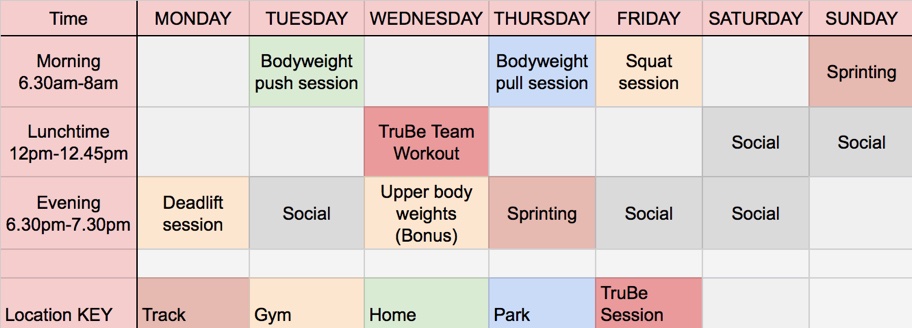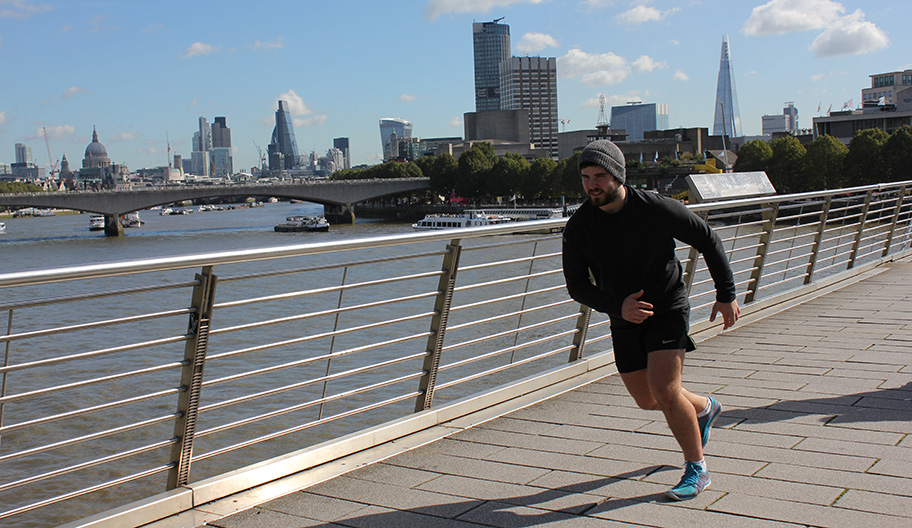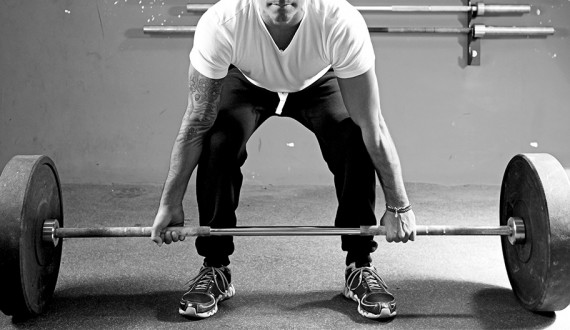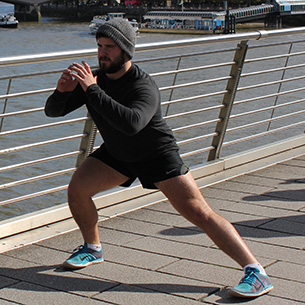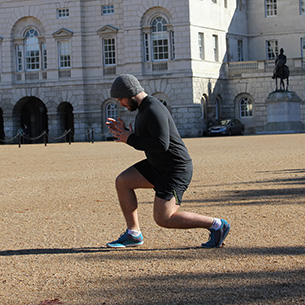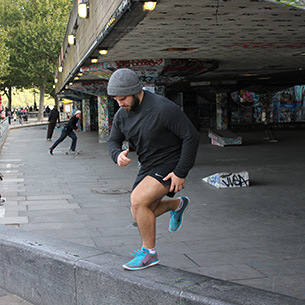Hello, my name is Phil and I’m the Marketing Manager at TruBe. I’ve never worked in an office before, so when I sat down at the desk on my first day, I started to experience some nerves.
You see, before all this, I was a Personal Trainer for five years, and as a PT, I had some fitness goals that I wanted to achieve, namely:
1. To be to do thirty pull-ups in a row and at least five muscle-ups
2. To be able to planche the pinnacle of all push exercises
3. To be better at squatting and deadlifting
4. To win a 200m race
As a PT, I was used to working early mornings and late evenings, exercising in-between when the gym was less busy and my energy levels were high. I don’t have that routine anymore, so it was time to find a new place to train at and to make time for it.
Being in London, finding a gym close to the office wasn’t difficult. I settled on one literally just a two minute walk away and for my running, I found an amazing free track at Paddington’s recreational ground.
I still needed to make time to train, and I found that planning my week on a Sunday helps.
The final step was to motivate and make myself accountable. The motivation barrier is the trickiest for sure. I’ve found that by telling others about my goals, I have automatically made myself accountable. This drives me to want to succeed so that I can share my success with my friends and family.
Now that I’m feeling motivated again I have no excuses!
Phil – Marketing Manager
P.s As marketing manager I need to shamelessly plug our app, so go download it now!


